Trivia question for Apr-09-2011
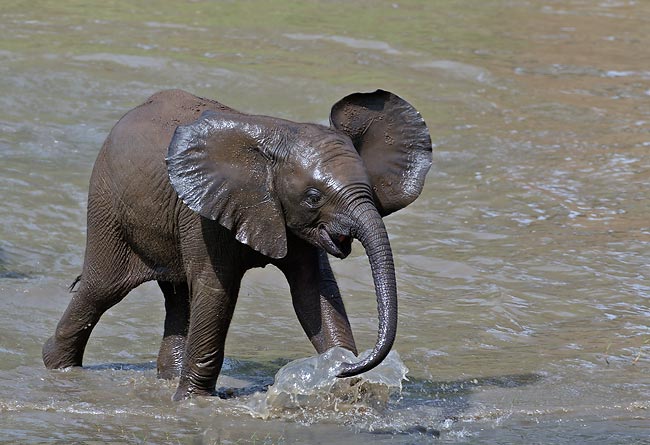
Elephants replace their teeth six times. At about 40 to 60 years of age, the elephant no longer has teeth and will likely die of starvation, a common cause of death.
Trivia question for Apr-08-2011

The marsupial is native to eastern and northern mainland Australia (as well as being introduced to Tasmania, Australia) and is also native to New Guinea and the Bismarck Archipelago.
Trivia question for Apr-07-2011
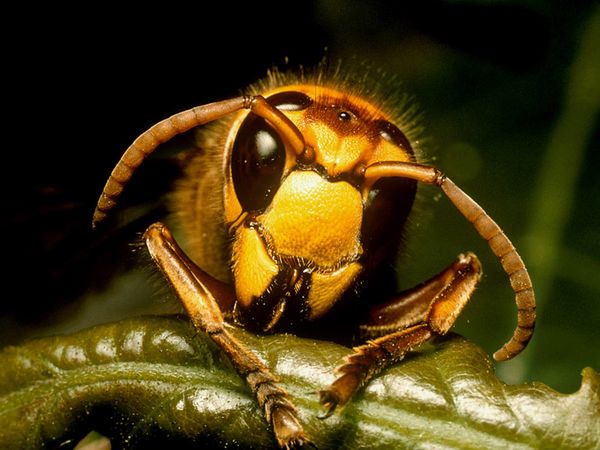
The Hornet nest is founded in spring by a fertilized female known as the queen. It generally selects sheltered places like dark hollow tree trunks. It first builds a series of cells (up to 50) out of chewed tree bark. The cells are arranged in horizontal layers named combs, each cell being vertical and closed at the top.
Trivia question for Apr-06-2011
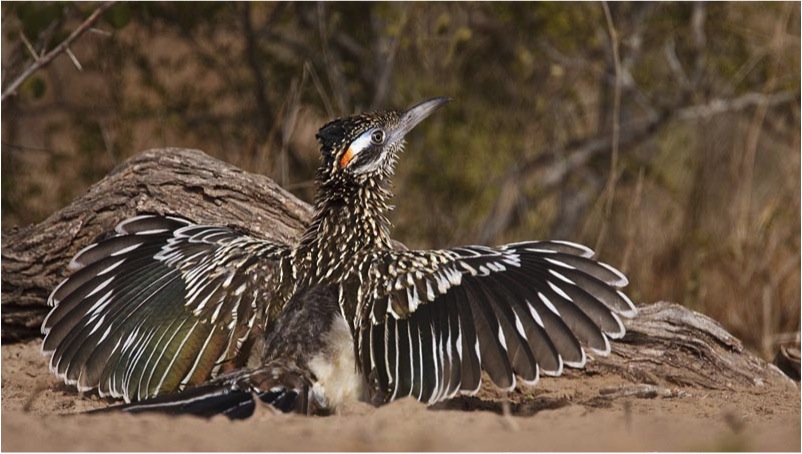
This bird walks around rapidly, running down prey or occasionally jumping up to catch insects or birds. It mainly feeds on insects, with the addition of small reptiles (including rattlesnakes up to 60 cm long), rodents and other small mammals, spiders, scorpions, centipedes, millipedes, small birds (particularly from feeders and birdhouses) and eggs, and carrion.
Trivia question for Apr-05-2011
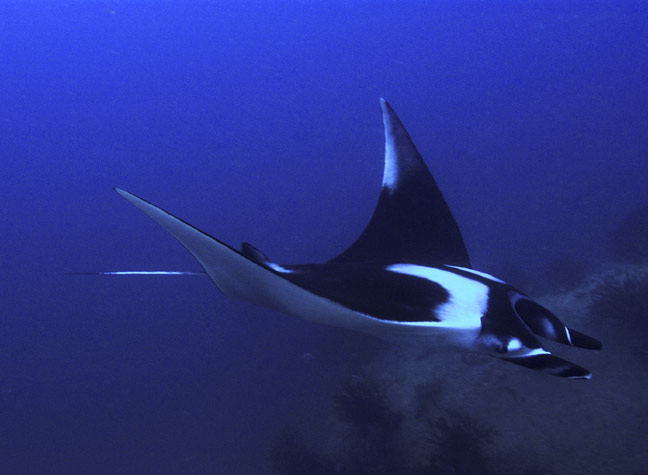
The manta ray is the largest species of the rays. The largest known specimen was more than 25 ft across, with a weight of about 5,100 lb. It ranges throughout tropical waters of the world, typically around coral reefs.
Trivia question for Apr-04-2011
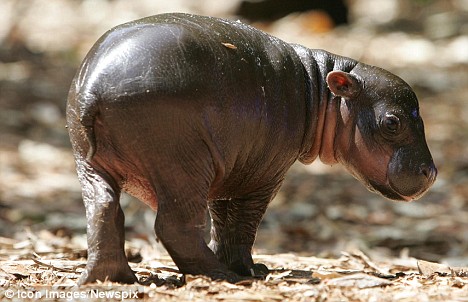
A rare nocturnal forest creature, these guys are very difficult to study in the wild. They were unknown outside of West Africa until the 19th century.
Trivia question for Apr-03-2011
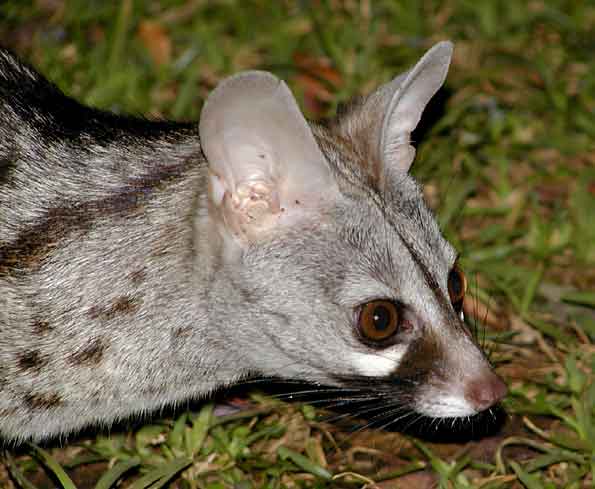
These guys are somewhat related to cats. Most of them have spotted coats and long, banded tails, small heads, and large ears.
Trivia question for Apr-02-2011
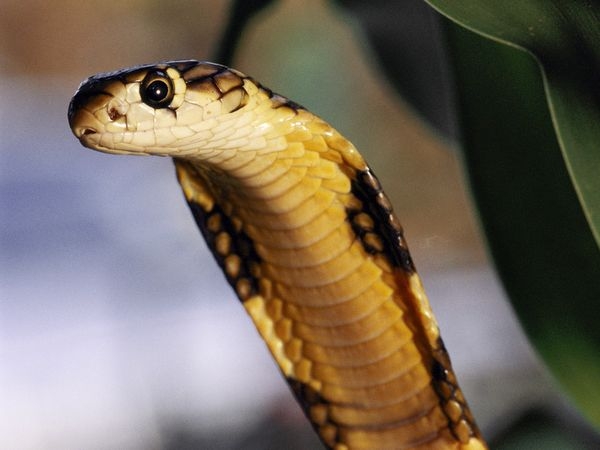
The king cobra can be fierce, agile, and can deliver a large quantity of highly potent venom in a single bite. It is one of the most dangerous and feared Asiatic snakes.
Trivia question for Apr-01-2011
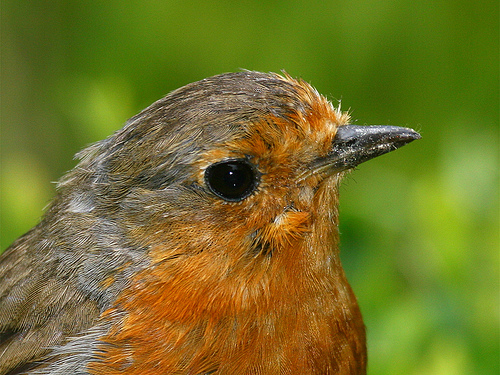
Male of this species are noted for their highly aggressive territorial behaviour. They will attack other males that stray into their territories, and have been observed attacking other small birds without apparent provocation. Such attacks sometimes lead to fatalities.
Trivia question for Mar-31-2011
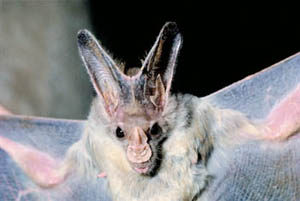
There are about 4000 to 6000 of these Bats in the wild. Females give birth to one young in September or November once every year.
Trivia question for Mar-30-2011
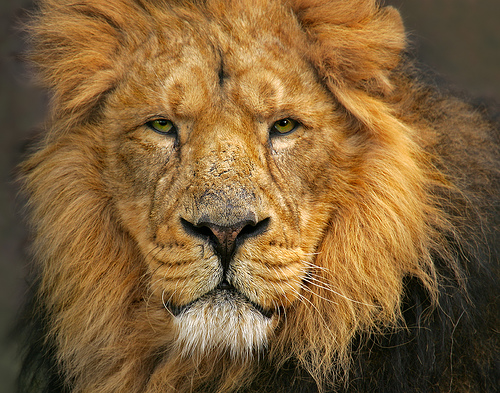
The Asiatic lions once ranged from the Mediterranean to the north-eastern parts of the Indian subcontinent, but excessive hunting, water pollution and decline in natural prey reduced their habitat.
Trivia question for Mar-29-2011
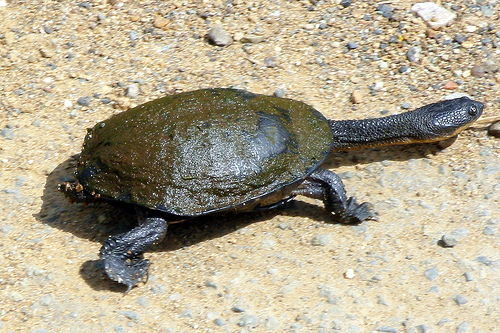
These guys are carnivorous, eating a variety of animals. This includes insects, worms, tadpoles, frogs, small fish, crustaceans, and mollusks. In early summer, the female will lay between 2 and 10 eggs in the banks of her aquatic habitat.
Trivia question for Mar-28-2011
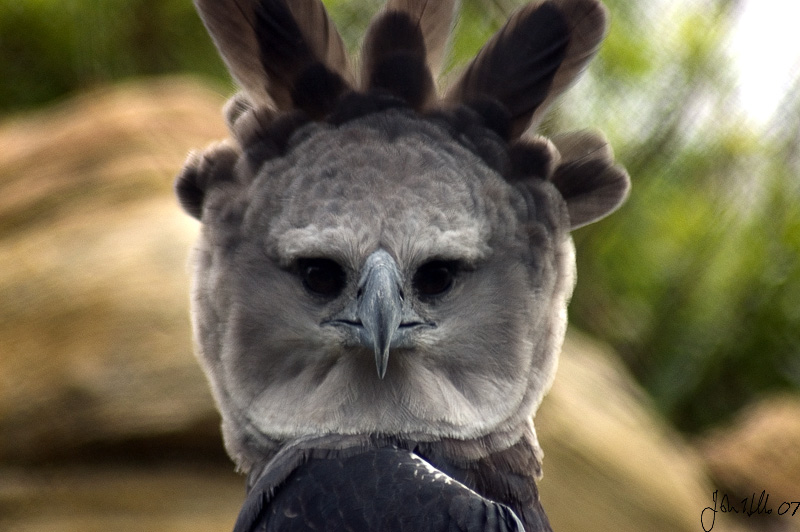
These guys will occasionally attack larger prey such as young deer and capybaras but they are usually taken to a stump or low branch and partially eaten, since they are too heavy to be carried whole to the nest. These guys may take domestic livestock but this is extremely rare.
Trivia question for Mar-27-2011
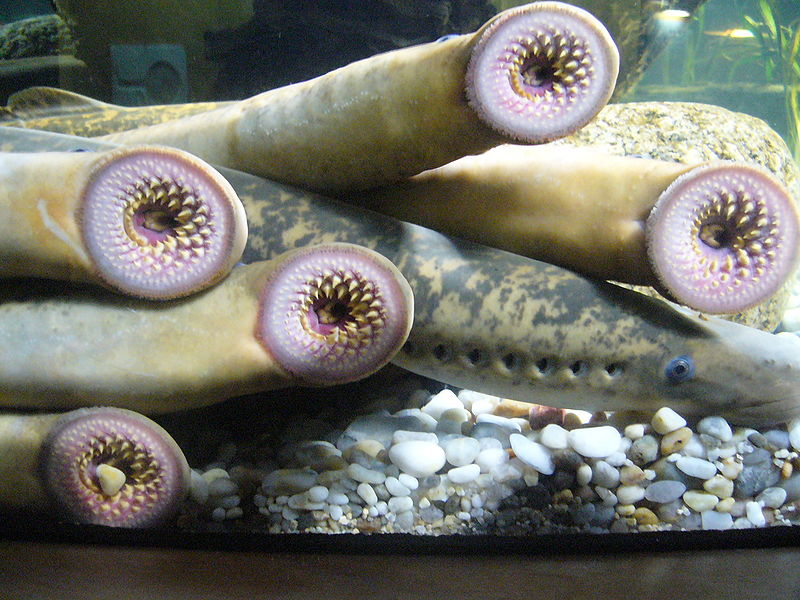
Sea versions of these fish have become a major plague in the North American Great Lakes after artificial canals allowed their entry during the early 20th century. They are considered an invasive species, have no natural enemies in the lakes and prey on many species of commercial value, such as lake trout.
Trivia question for Mar-26-2011

In Ireland the Golden Eagle was thought to be nearly extinct for a little while, but now it is doing better. In central Europe, the Golden Eagle has had a huge decline. It now lives its life mostly in the Alps. The Golden Eagle population in the United States hasn’t dropped too much, but enough to be noticed.

